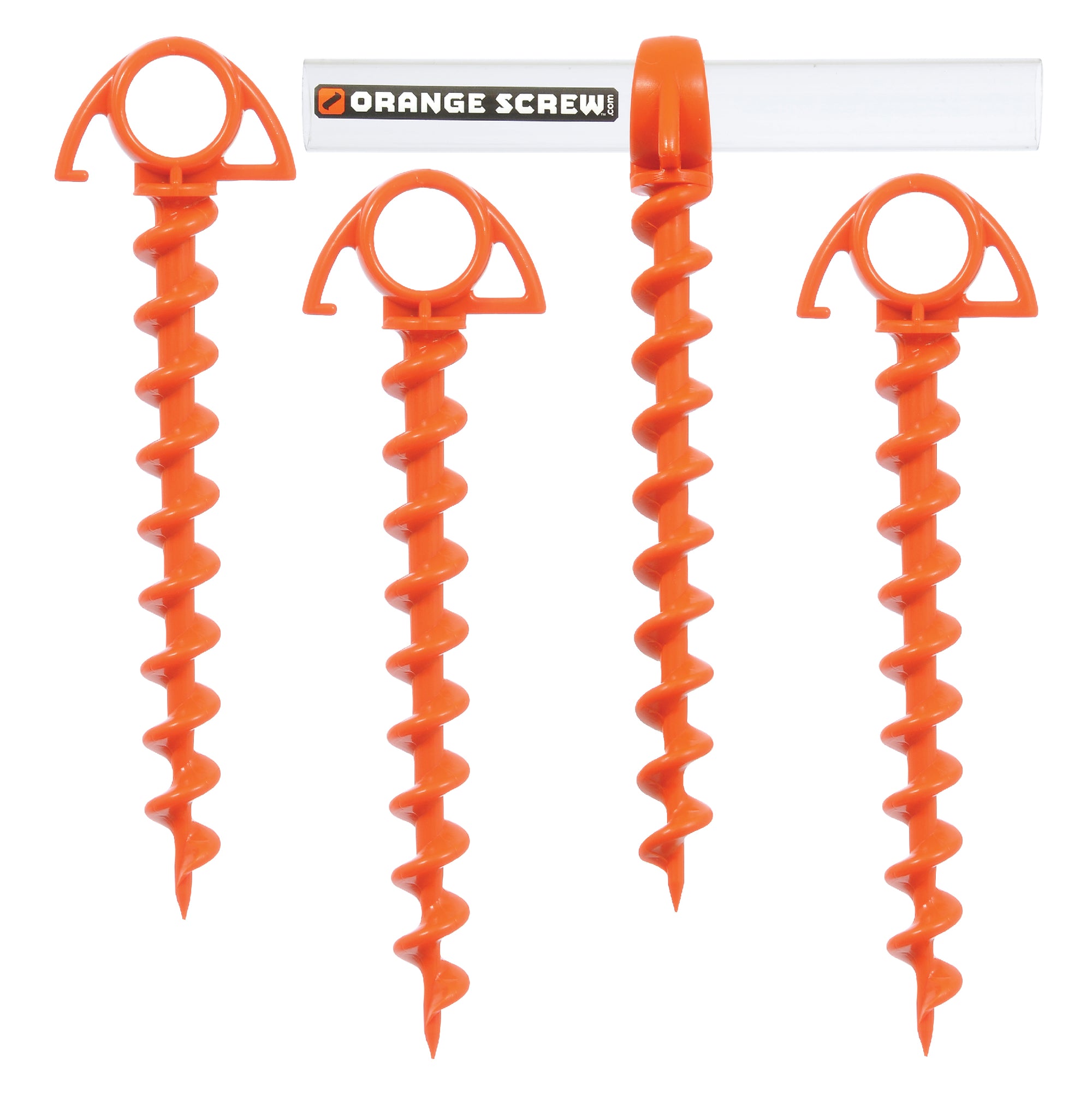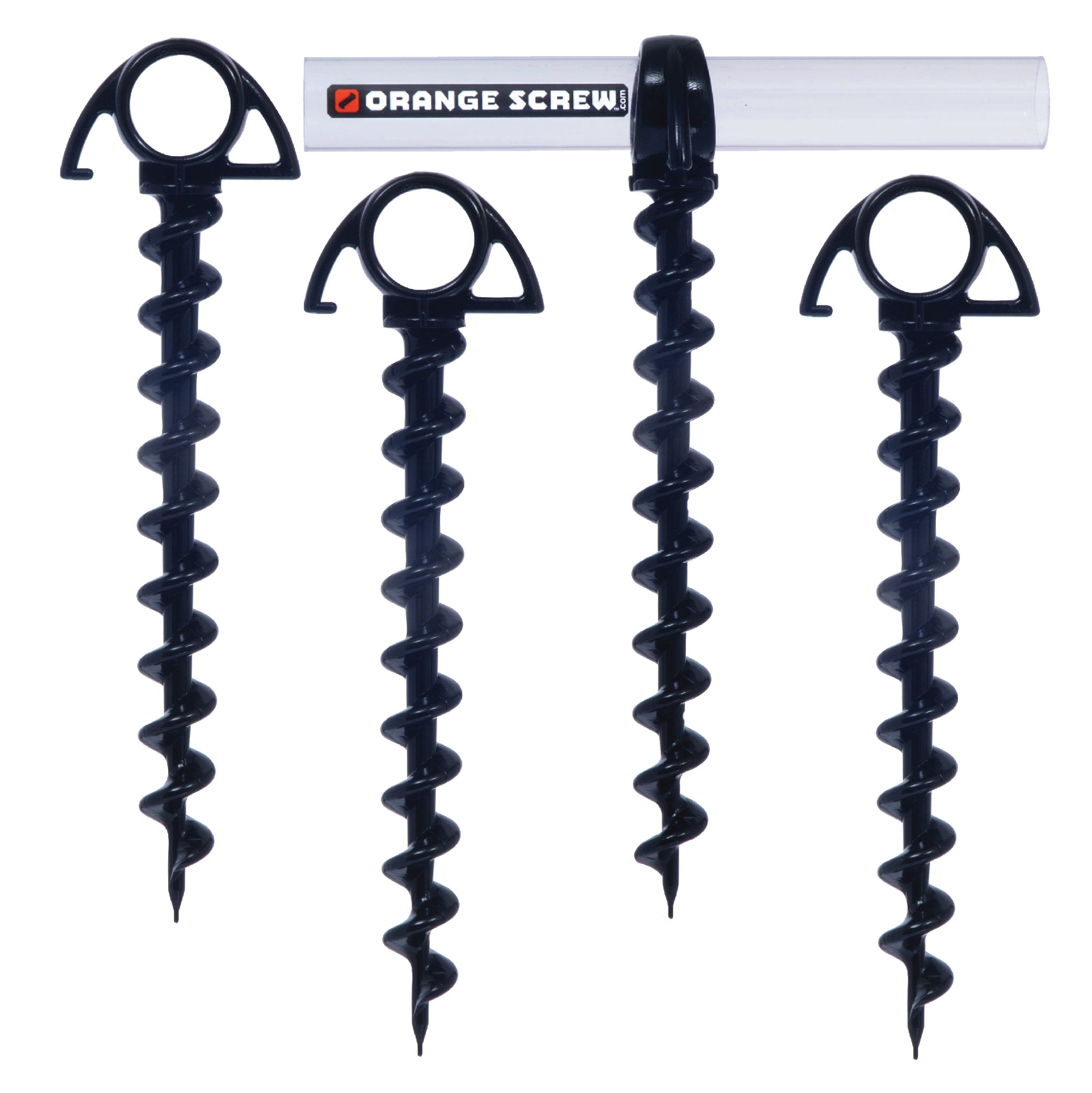Exploring the Main Categories of Ground Anchor Systems for Various Uses
Exploring the Main Categories of Ground Anchor Systems for Various Uses
Blog Article
Understand Why Ground Support Is Very Important for Security and Durability
Ground anchors are a necessary part in building, supplying critical assistance and stability for different structures. Their ability to move loads successfully to the ground not only enhances architectural integrity however likewise plays a significant duty in mitigating risks connected with ecological variables, such as unsteady soil and seismic task. Recognizing the different kinds and applications of ground anchors can illuminate their vital role in ensuring safety and toughness. The ins and outs of their setup and the advantages they offer may not be promptly obvious, prompting more exploration into this vital topic.
Duty of Ground Anchors in Building
Ground anchors play an essential role in building by offering vital assistance and stability to frameworks. These tools are developed to transfer loads from a structure to the ground, making sure that structures and other infrastructures remain protected under various conditions. Ground supports are particularly essential in scenarios where soil conditions are unstable or where there is a danger of side movement, such as on inclines or near bodies of water.
The installment of ground anchors involves exploration into the earth to get to steady soil or bedrock, where the supports can be firmly secured. This process not only boosts the structural stability of a project however additionally reduces the threats related to soil erosion and shifting. Furthermore, ground anchors can be used in short-term structures, such as building and construction websites, where they offer essential stabilization throughout the structure procedure.
Ground supports likewise add to the durability and durability of frameworks by minimizing the probability of negotiation and failing. Ground Anchor. By efficiently distributing and managing lots, these necessary parts are important in preserving safety requirements and making sure the integrity of various building and construction projects. Overall, the relevance of ground supports in construction can not be overemphasized, as they are important to effective engineering techniques
Types of Ground Anchors


While various kinds of ground supports exist, each serves certain applications and problems within building and construction projects. The most typical types include mechanical anchors, grouted anchors, and driven anchors.
Mechanical anchors, such as development anchors, use a mechanical activity to protect the support within the substrate - Ground Anchor. These are typically employed in lightweight applications, like protecting components to masonry or concrete
Grouted anchors, on the other hand, include drilling a hole, placing a steel rod or cord, and then loading the annular room with grout. This technique is suitable for high-load situations, providing boosted stability and resistance to vibrant pressures frequently located in heavy building and construction.
Driven supports are normally set up by driving a steel rod or pipe into the ground, making them ideal for momentary applications such as protecting scaffolding or formwork. They are fast to mount and can be eliminated quickly when no more needed.
Other specific anchoring systems include helical anchors, which are screw-like tools used in various dirt Read Full Article problems, and deadman supports, which count More about the author on the weight of a hidden object to supply stability. Each kind of ground support is designed to fulfill certain design needs, guaranteeing safety and structural stability.
Advantages of Using Ground Anchors
The benefits of utilizing ground supports in building and construction tasks are significant, enhancing both safety and structural performance. Ground supports supply important resistance versus lateral forces, such as soil movement, wind lots, and seismic activity. This resistance helps preserve the stability of structures, avoiding prospective failings that might result in harmful circumstances or costly repairs.
Furthermore, ground anchors assist in the reliable transfer of loads from frameworks to the surrounding dirt, ensuring a well balanced distribution of weight. This tons transfer reduces the risk of shifting or settling, which can endanger the integrity of a building gradually. By using ground anchors, designers can also produce extra reliable layouts, as they enable for slimmer structural aspects while preserving security standards.
Furthermore, ground anchors are adaptable and functional to numerous soil conditions and task needs. Their installation can commonly be finished rapidly and with very little disturbance to the surrounding setting, making them an effective selection for several building and construction applications. Inevitably, the use of ground supports enhances not only the resilience of frameworks but additionally adds to a much safer working setting for construction personnel and future passengers.
Usual Applications and Uses
Many building tasks utilize ground anchors for their performance in enhancing stability and safety and security. These functional parts are generally used in numerous applications throughout the building and construction and civil design sectors. One widespread application remains in keeping wall surfaces, where ground supports offer the necessary support to stop dirt movement and maintain structural stability.
Additionally, ground supports are essential in safeguarding momentary structures, such as scaffolding and shoring systems, guaranteeing they stay stable throughout building and construction tasks. In the world of structure support, they are utilized to enhance existing structures, particularly in locations susceptible to ground settlement or changing soil problems.
Ground supports additionally find substantial use in slope stablizing projects, where they aid alleviate landslide dangers by securing the soil to secure rock developments. An additional substantial application remains in the setup of wind generators, where they protect the base versus side pressures produced by wind, making sure functional safety and long life.
Furthermore, ground anchors are employed in tunneling tasks to maintain the bordering ground throughout excavation. Their diverse applications underline the crucial function ground anchors play in maintaining safety and toughness in different building situations.
Installation Best Practices
Successful application of ground supports in numerous building and construction tasks depends upon reliable installation techniques. Appropriate installment is essential to ensure the supports meet their intended purpose and try this site maintain architectural integrity with time. Trick best methods include detailed site analysis, which includes examining soil problems, load requirements, and ecological variables that might influence support performance.
Before setup, it is necessary to choose the suitable kind of ground support based on the particular application and dirt attributes. Utilizing premium products and adhering to manufacturer specifications will certainly boost the support's sturdiness and effectiveness. During setup, make certain that the anchor is put at the correct angle and deepness, as these factors dramatically affect load-bearing capacity.
Routine examinations are likewise advised to keep track of the problem of the anchors and bordering soil. By following these installation ideal contractors, methods and designers can boost the safety and long life of frameworks reliant on ground supports.

Verdict
In recap, ground supports are important components in building and construction, dramatically enhancing safety and sturdiness. The diverse kinds and advantages of ground supports, coupled with their wide-ranging applications, underscore their value in both momentary and long-term frameworks.
The setup of ground anchors involves drilling right into the earth to reach secure soil or bedrock, where the supports can be firmly anchored.The advantages of making use of ground anchors in construction jobs are considerable, enhancing both safety and security and structural efficiency.Numerous building tasks utilize ground supports for their effectiveness in improving security and safety.Effective application of ground supports in numerous construction jobs hinges on effective installment techniques.In summary, ground supports are important parts in building, dramatically improving safety and security and resilience.
Report this page